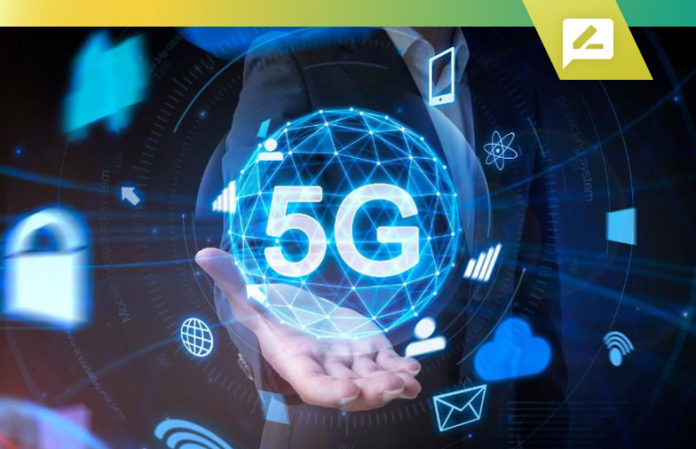This article discusses the subject of 5G radiation, a non-ionizing electromagnetic radiation. Because 5G radiation is so small, it doesn't have the ability to break the bonds between chemical molecules in biological tissue or cause any alteration to cells. It's not clear whether 5G radiation can affect the risk of skin cancer, and there is no evidence that exists to suggest that it could cause other disease.
High-frequency millimeter wave radiation
High-frequency millimeter-wave radiation from mobile devices and wireless networks could cause health issues to humans. There are several ways in which this radiation could cause harm. In some instances the radiation could cause damage to a person's DNA. In other instances, it may cause damage to other areas within the body including the brain.
Recent studies have shown that 5G technology could induce tissue heating. This is why the International Council on Non-Ionizing Radiation Protection (ICNIRP) has called for a review of the existing safety standards for biological and thermal radiation. The current standards for exposure do not protect people from excessive heating when exposed to pulsed millimeter wave radiation.
Skin cancer risk
There isn't a definitive answer yet to the issue of whether radiation from 5G causes skin cancer. It is however believed that RF-EMFs from 5G behave similarly to radiations that emit high-LET. In turn, they may cause excessive levels of free radicals in the skin. The FCC hasn't issued any specific guidelines regarding the dangers of 5G technology, and the debate is ongoing.

Although there has been a variety of studies on the effects of higher-frequency radio waves on the human body, they have been largely limited in their scope. However, there is concern over the effects of millimeter-wavelength exposure on oxidative stress and gene expression. The effects could extend to the skin and various organs, including the brain.
Influence on other illnesses
A new generation of wireless technology, called 5G, is rapidly growing in popularity however, scientists are advising against the health risks that could be associated with it. 5G technology is expected to significantly increase the amount of electromagnetic radiation in our environment. This is a concern that has sparked debates in many countries including Switzerland. In September 2017, 390 scientists and doctors supported a motion for an end to 5G deployment. This motion was not heeded by the European Commission, which is responsible for controlling the use of 5G technology.
Therefore, more research is needed to assess the health effects of 5G. While we wait studies have proven that 5G doesn't cause the same adverse effects on humans as the old mobile networks. Additionally, it does not transmit a new type of coronavirus. Additionally, https://hubsmash7.werite.net/post/2023/03/31/5G-Radiation-and-Skin-Cancer does not make people more vulnerable to viral infections.
The measurement of exposure
Measurement of exposure to 5G radiation is an essential component of making sure that 5G networks are safe. There are two ways to determine exposure. One method is measuring the power of radio waves absorbed by human tissue. The other involves measuring the amount of radiofrequency energy produced by an object. Radiation frequency energy (RF) can be described as an energy source that is emitted directly from radio receivers.
Within the United States, the FCC has imposed a restriction on the power density of 5G mobile devices. 5g radiation symptoms can only measure power density at the distance of a few inches, and it is the FCC does not have to measure every beam. However, how much power is generated by each beam can be determined using computer simulation. The most likely scenario is selected depending on the configuration of each beam.
Limitations of the study
There's been a lot of debate about whether the effects of 5G radiation are detrimental to human health. The Swiss Government, for example has issued a report which concludes that the technology has no negative health consequences in the short term but there are no studies that show long-term impacts. However, this report also has a variety of issues and bias in reports.
The power and frequency of the radio waves that carry energy depend on the frequency. 5g radiation carried by a millimetre-wave will be similar to the frequency of radio waves currently, but they are much less visible and are better suited for high-density environments, since they will not be block by walls or glass. Urban areas with high density would require a large number of small, low-power sites, while suburban areas would benefit from 5G stations operating at lower frequency.
